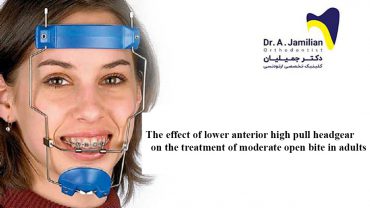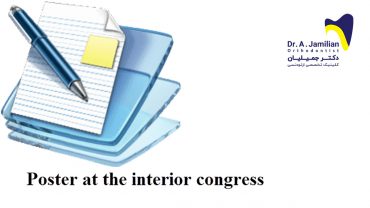Peyvandi AA, Jamilian A, Moradi E. Relationship between conductive hearing loss and maxillary constriction. J Laryngol Otol. 2014 Aug 15:1-3.
Abstract
OBJECTIVE:
To evaluate the relationship between conductive hearing loss and maxillary constriction.
METHOD:
A total of 120 people, aged from 7 to 40 years, who were referred to an audiologist when taking out health insurance or for school pre-registration check-up, were selected for this study. A total of 60 participants who had hearing threshold levels greater than 15 dB in both ears were chosen as the conductive hearing loss group. The remaining 60, with normal hearing thresholds of less than 15 dB, were used as the control group. All participants were referred to an orthodontic clinic. Participants who had a posterior crossbite and high palatal vault were considered to suffer from maxillary constriction.
RESULTS:
There were no significant differences between the sex ratios and mean ages of the groups. However, participants with conductive hearing loss were 3.5 times more likely than controls to suffer from maxillary constriction.
CONCLUSION:
Patients who suffer from conductive hearing loss are likely to show a maxillary abnormality when examined by an orthodontist.
Keywords
Maxillary Constriction






